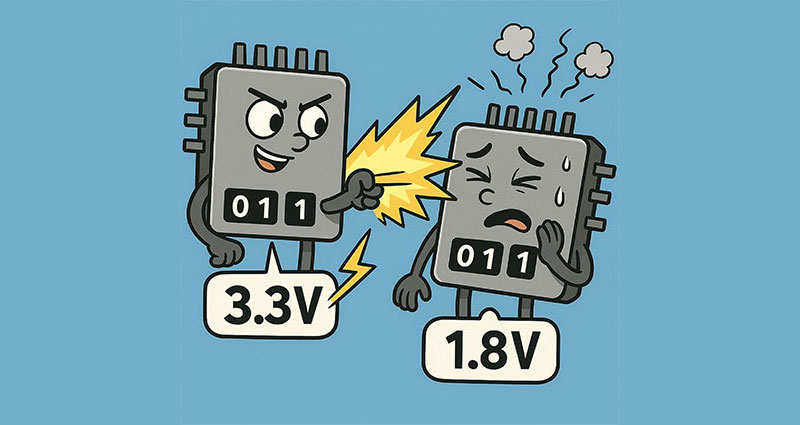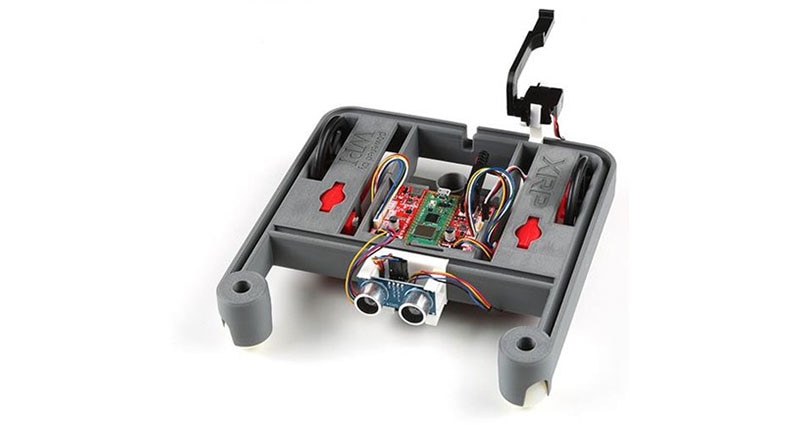What Are Robots? Tracing the Evolution and Future of Robotics
What are Robots?
We all know the term 'Robot' and casually use it in our daily conversations. But do we know what it truly means? Let's take a moment to delve into the definition of a robot. Is it as straightforward as it seems, or does it challenge our understanding?
 Figure 1: AI-generated image of a humanoid robot. (Image source: Aswin Babu)
Figure 1: AI-generated image of a humanoid robot. (Image source: Aswin Babu)
At its core, a robot is a programmable machine capable of sensing, processing information, and performing tasks either autonomously or with some level of human guidance. Unlike traditional tools, robots can adapt to their surroundings and often carry out repetitive or dangerous jobs, freeing us up for more creative work. There's a common misconception that robots always have a human appearance (Figure 1), but that's not always the case. We'll delve into humanoid robots later, where this concept becomes true.
A Quick Look Back: The History of Robotics
Looking at the etymology of the word “robot”, originated from a 1921 Czech play “Rossum’s Universal Robots” (from the Czech word “robota” which means "forced labor”) by Karel Čapek. However, science fiction author Isaac Asimov is credited with inventing the spin-off word ‘robotic’. It appeared in Isaac Asimov’s science-fiction story Runaround (1942). Runaround also contained Asimov’s famous Three Laws of Robotics (Figure 2). Much like other groundbreaking technologies, robotics also drew inspiration from fiction, turning imaginative concepts into reality.
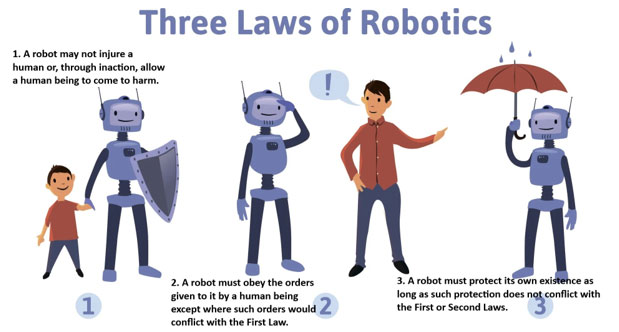 Figure 2: Illustration of three laws of robotics (Image source: Dreamstime.com)
Figure 2: Illustration of three laws of robotics (Image source: Dreamstime.com)
Some of the breakthroughs in robotics
Coming from fiction to reality, during the industrial revolution we saw the first real steps toward automatons, mechanical devices designed to simplify repetitive tasks. The concept of automatons dates back to ancient myths, like the Greek story of Talos which featured a giant bronze automaton. The Duck of Vaucanson (Figure 3) was an impressive automaton, where the mechanical bird waddled off in search of food, picked up, and then swallowed seeds. It was impossible to distinguish it from a real bird.
 Figure 3: Interior of the duck of Vaucanson (automato). (Image source: Scientific American Volume 80 Number 03, January 1899)
Figure 3: Interior of the duck of Vaucanson (automato). (Image source: Scientific American Volume 80 Number 03, January 1899)
The real breakthrough in robotics came in 1954 when George Devol created Unimate (Figure 4), the first programmable robot. It changed manufacturing forever, particularly in the automotive industry.
 Figure 4: Unimate pouring coffee for a human, 1967. (Image source: Wikipedia)
Figure 4: Unimate pouring coffee for a human, 1967. (Image source: Wikipedia)
Remember ASIMO from the early 2000s (Figure 5)? Honda’s humanoid robot brought us one step closer to sci-fi dreams. Additionally, I don't think we can forget the first robot citizen in the world, Sophia. She was given citizenship by Saudi Arabia in 2017, creating a milestone in the field of robotics. With its advanced hydraulic system and 28 degrees of freedom, Boston Dynamics’ Atlas showcases remarkable mobility and demonstrates the potential for robots to assist in dangerous environments.
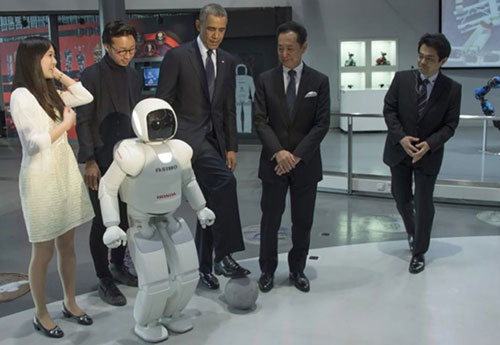 Figure 5: ASIMO playing football with Barack Obama. (Image source: Jim Watson/getty images)
Figure 5: ASIMO playing football with Barack Obama. (Image source: Jim Watson/getty images)
Another standout creation from Boston Dynamics is Spot (Figure 6), a quadruped robot built for versatility and adaptability. Today, with AI and machine learning, robots can navigate complex environments, make decisions, and even learn from experience.
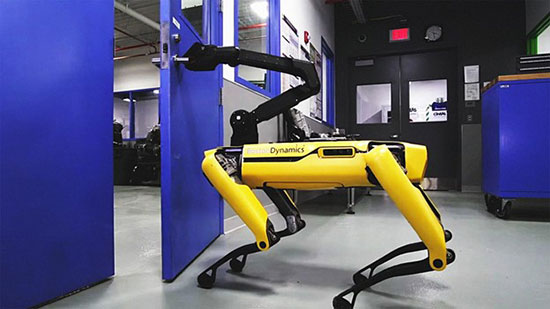 Figure 6: Boston Dynamics Spot in action. (Image source: Boston Dynamics)
Figure 6: Boston Dynamics Spot in action. (Image source: Boston Dynamics)
Different Types of Robots We Build and Use
Robots aren’t just industrial giants or futuristic concepts—they’re tools that can be brought to life in our workshops. Here’s a quick rundown of the main types of robots.
1. Industrial Robots: These are the workhorses of factories, handling tasks like welding, painting, and assembly. Collaborative robots, or “cobots”, work safely alongside people, making manufacturing more flexible and safe. These come in various sizes and capacities but they majorly come under the category of Robotic Arms (Figure 7). For a miniature version of the robotic arm mechanism that you could buy today, check out AGILUS KR 6 R900-2 Robot Kit from KUKA.
 Figure 7: Industrial robotic arm assembling cylinder block. (Image source: Kuka Robotics)
Figure 7: Industrial robotic arm assembling cylinder block. (Image source: Kuka Robotics)
2. Service Robots: From vacuuming our homes to assisting surgeons, service robots make life easier and more efficient. In healthcare, they’re even helping doctors perform precise surgeries. The Da Vinci robotic surgical system can be considered a pioneer in the field of tele-manipulated robotic surgeries (Figure 8).
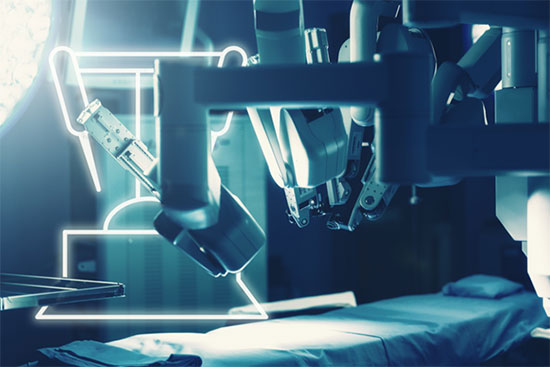 Figure 8: Tele manipulated robotic surgery equipment.(Image source: MADvertise/Shutterstock)
Figure 8: Tele manipulated robotic surgery equipment.(Image source: MADvertise/Shutterstock)
3. Mobile Robots: These bots can move! Think autonomous drones, rovers, and robots with wheels or legs that explore tough environments—everything from warehouses to Mars. These robots are conquering land, water and air. They can operate in various modes such as manually teleoperated, guarded teleoperated (where they can avoid obstacles but will be under human control), or pure autonomous navigation mode.
Autonomous Mobile Robots (AMR) (Figure 9) can move around by themselves using advanced algorithms such as simultaneous localization and mapping (SLAM) or map-based navigation techniques. They can sense obstacles, find the shortest path using a map, and navigate around obstacles to move from point A to point B all without human intervention. They can even carry robotic arms or other tools to manipulate the world around them. Check out this Autonomous Mobile Robot blog or this video for further understanding.
 Figure 9: Hermes multi-floor mobile robot from SLAMTEC. (Image source: Slamtec)
Figure 9: Hermes multi-floor mobile robot from SLAMTEC. (Image source: Slamtec)
4. Humanoid Robots: Humanoids are robots that are human look-alikes. They have the advantage of manipulating the world around them better as we humans designed everything to be accessed from a human form factor. Humanoid robots, like Boston Dynamics’ Atlas, Honda Asimo, and Sophia, aren’t just cool to watch, they’re pushing the limits of mobility and interaction. While humanoids are still evolving, the potential applications are huge, especially in fields like caregiving, education, and automating household chores.
5.Social Robots (Figure 10): These robots are designed to interact with us on an emotional level. They’re companions for the elderly, tutors for kids, and even customer service helpers. It’s incredible how they blend AI with human-like behavior. Some of the social robots might also come under a humanoid category but not necessary.
 Figure 10: Social robot Jibo interacting with a child. (Image source: devicedaily.com)
Figure 10: Social robot Jibo interacting with a child. (Image source: devicedaily.com)
Apart from these broader categorizations, there are Swarm robots, Soft robots, Exoskeletons, and Robotic Prosthetics to name a few other robotic systems. Swarm robots are miniature robots that work together in large groups, mimicking the behavior of social insects like ants or bees to accomplish complex tasks. Soft robots are made from flexible materials, allowing them to navigate through tight spaces and interact safely with humans. Exoskeletons are wearable robotic suits that enhance human strength and mobility, often used in rehabilitation and industrial settings. Robotic prosthetics are advanced artificial limbs that restore functionality to amputees, providing them with improved quality of life.
How Robotics is Changing Our World?
Robots have already made a huge impact on our lives. In manufacturing, they’ve streamlined processes and made workplaces safer. In healthcare, they’re assisting in everything from surgery to rehabilitation. Agriculture is another area where robotics is stepping up—automating tasks like planting, harvesting, and monitoring crops to help feed the world.
Let’s not forget the life-saving roles they play in dangerous environments. Robots handle bomb disposal, explore deep-sea trenches, and even manage nuclear materials.
Challenges We Face in Robotics
Of course, it’s not all smooth sailing. We still face some big challenges:
- Mobility and Dexterity: Getting robots to move like humans or navigate tricky terrain isn’t easy. Engineers are constantly working on improving their balance, flexibility, and control. Yes, we still have challenges in enabling robots to traverse all the different terrains a human can, such as snow, puddles, mountains, and stairs. However, if we look back in history, even walking on two feet was a challenge for robots. Yet, now we have robots like ‘Atlas’ that can do parkour (Figure 11) and backflips. So, we are getting there, and it is just a matter of time before we see a robot that can navigate all terrains, that too autonomously.
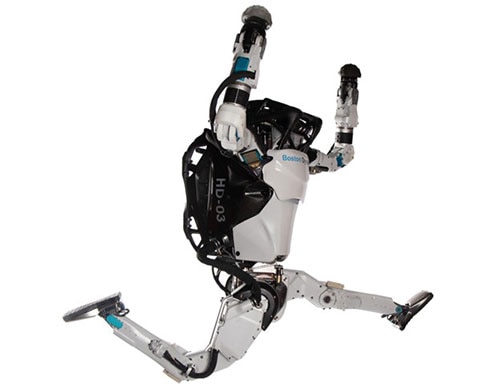 Figure 11: Atlas Robot from Boston Dynamics Doing Parkour. (Image source: Boston Dynamics)
Figure 11: Atlas Robot from Boston Dynamics Doing Parkour. (Image source: Boston Dynamics)
Perception and Quick Decision-Making: Robots need to process sensory data and make split-second decisions. Autonomous vehicles are a prime example—they need to detect obstacles and predict their movements accurately. It’s a tough problem, but one we’re making progress on. The advancements in 5G and low latency networks have indeed opened up new possibilities for remote processing, allowing robots to offload complex computations to more powerful hardware that they can't carry themselves.
Ethical Considerations: As robots become more common, we need to think about the bigger picture. How do we handle job displacement, privacy concerns, and the ethical use of AI? Post technological singularity (Figure 12) where machines surpass human intelligence, there are still some ambiguities as to what to expect. On one hand, there's the fear of an AI Armageddon, where uncontrollable superintelligent machines could pose existential risks to humanity. On the other hand, there's the hope that AI could become a benign companion, helping to solve critical issues like the climate crisis. The future remains uncertain, and much depends on how we develop and regulate these advanced technologies.
 Figure 12: The depiction of two possible scenarios of post technological singularity. (Image source: AI generated)
Figure 12: The depiction of two possible scenarios of post technological singularity. (Image source: AI generated)
What’s Next for Robotics?
The future looks exciting. We’re heading toward a world where robots will be our partners in everything. From assisting in workplaces and exploring uncharted territories to providing entertainment and companionship, the possibilities are endless.
- Smarter AI: Machine learning is unlocking new capabilities. Future robots will handle more complex tasks and even solve problems creatively. Imagine a robot that learns and improves every time it works with you!
- Human-Robot Collaboration: The workshop of the future will see robots and humans working side-by-side, each playing to their strengths. Cobots (collaborative robots) will handle repetitive or risky tasks, letting us focus on the creative and strategic stuff.
- Space Exploration: Robots are already exploring Mars, and it’s just the beginning. Robots might one day help build structures on other planets. How cool is that?
Final Thoughts: Why We Build Robots
Robots are more than just machines, they're a testament to human ingenuity and creativity. Whether you’re just starting out or pushing the boundaries of what’s possible, robotics offers endless opportunities to learn, innovate, and make a difference. So, let’s keep building, experimenting, and dreaming while being responsible about the future implications of these developments. The possibilities are limitless, and hopefully, the best is yet to come.
Further Reading:
- Robot: You Keep Using That Word But It Doesn’t Mean What You Think It Means | Hackaday
- The Curious Origin of the Word ‘Robot’ – Interesting Literature
- Robot | Definition, History, Uses, Types, & Facts | Britannica
- AI Armageddon and the Three Laws of Robotics
- The Ultimate Timeline of Artificial Intelligence Technology · AIPRM
- Technological singularity - Wikipedia

Have questions or comments? Continue the conversation on TechForum, DigiKey's online community and technical resource.
Visit TechForum






